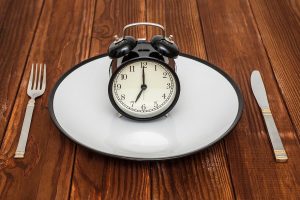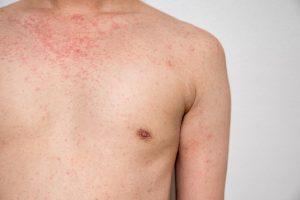
Aromatherapy might be able to improve memory and help treat depression Depressed individuals better recalled specific personal memories after exposed to scents These memories could help them rewire their thought patterns Aromatherapy might be able to help people recover from depression by helping them more clearly recall specific, often positive, memories, a new study shows. Scents are more effective than words at cueing up the memory of a specific event, researchers report Feb. 13 in the journal JAMA Network Open. That could help depressed individuals shake negative thought cycles and rewire their thinking patterns, researchers said. “If we improve memory, we can improve problem-solving, emotion regulation and other functional problems that depressed individuals often experience,” said senior researcher Kymberly Young, an associate professor of psychiatry at the University of Pittsburgh School of Medicine. For the study, researchers asked 32 adults with major depressive disorder to recall a specific memory, no matter good or bad, as they breathed in glass vials containing potent familiar scents. The scents ranged from oranges to ground coffee to shoe polish to the distinct eucalyptus sharpness of Vicks VapoRub. Prior studies have found that people with major depression are less capable of drawing on specific memories from their lives, researchers said. This might contribute to depression because patients will repeat self-denigrating thoughts like “I am a failure” or “I fight with… read on > read on >



























-300x200.jpg)










